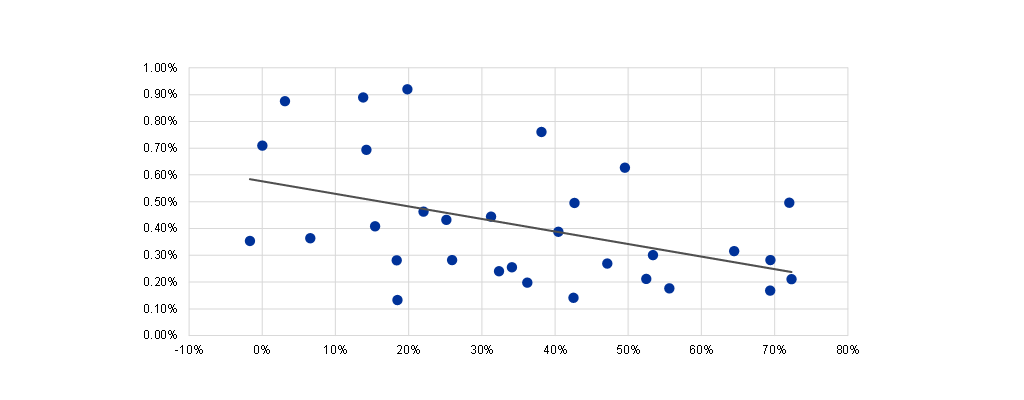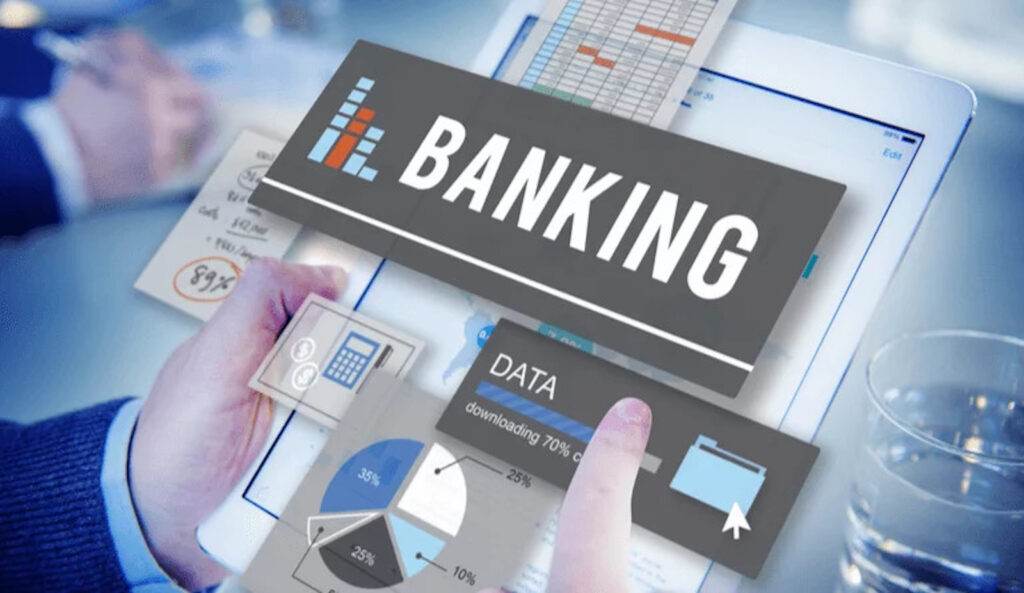Understanding the ‘Loss Given Default’ Model
In the realm of finance and credit risk management, the concept of Loss Given Default (LGD) plays a crucial role. It involves identifying, assessing, and mitigating potential losses that could arise from various factors, such as market fluctuations, credit defaults, and operational failures. Among these risks, credit risk stands out as a significant concern for […]
Understanding the ‘Loss Given Default’ Model Read More »





